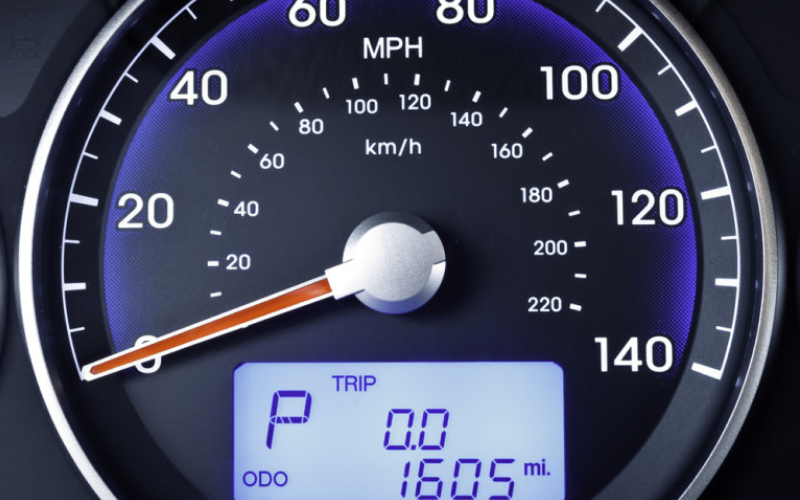What You Didn't Know About Odometers!
Share

What You Didn't Know About Odometers!
I know, there is a day for everything right!
The humble odometer even has a day and is perhaps a little more interesting than first thought! Read on for some cool facts and top tips�
While the odometer we know and love today was invented in the 19th century by a chap called Willian Clayton, the idea of measuring distance travelled has actually been around a little bit longer�okay, a lot longer!
Origins of the distance measuring device can be traced back to the Ancient world, particularly Greece, Rome and China. There is a bit of deviation around who actually came up with the idea but we do know that it was first described by Vitruvius in 27 to 23 BC! Vitruvius was an author, architect, civil and military engineer and his discussion around proportion and the human body led to Da Vinci’s famous drawing of Vitruvian Man. Impressed?
Vitruvius based the odometer on 4 chariot wheels of 4 feet diameter turning 400 times in one Roman mile. Each revolution would engage a 400-tooth cogwheel. One full revolution of this cogwheel would engage another that would drop a pebble into a box. The amount of Roman miles travelled could be measured by counting the number of pebbles.

Now the odometer has certainly evolved since then and there is not a pebble in sight, but Vitruvius was right to show an interest in this little gadget. Here are some ways to use yours!
Maintenance
All vehicles need regular maintenance but if you are like me, it’s not as regular as it should be! Taking note of your odometer reading after your last oil change and service will help you keep track of when your next is due!
Fuel Efficiency
This bit involved a little bit of maths but no one will judge you for using a calculator! Simply make a note of your odometer reading then fill your tank up completely. Record how many gallons you put in then drive until your tank is just about empty. Check your odometer again and follow this nifty calculation to get your miles per gallon!
Miles travelled / number of gallons you put in your car = miles per gallon!
Indicator of Value
If you are looking to get a new or used car, the reading on the odometer can definitely help you make your decision. The further a vehicle travels, the more wear and tear the parts have experienced so it is important you are aware of the service history too! You don’t want to be stuck with a car that is going to cost you lots to repair.
Indicator of Fraud
Did you know an estimated 1 in 10 odometers have been tampered with at some point? Take a closer look and if it looks crooked or jagged, or wobbles when you strike the dashboard, chances are it’s been altered. Check the maintenance history to make sure the reading tallies up!
So there you have it! If you are interested in buying a car, check out our new and used car range by clicking below!
Click Here To Find Your Perfect Car!